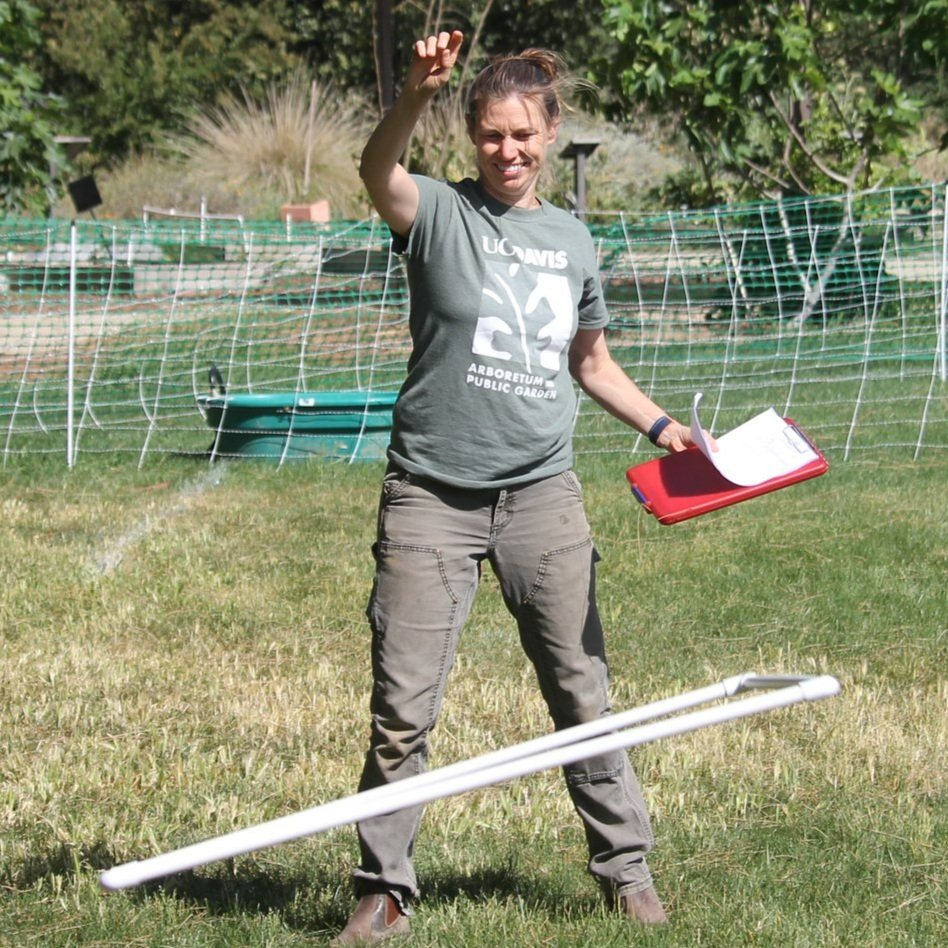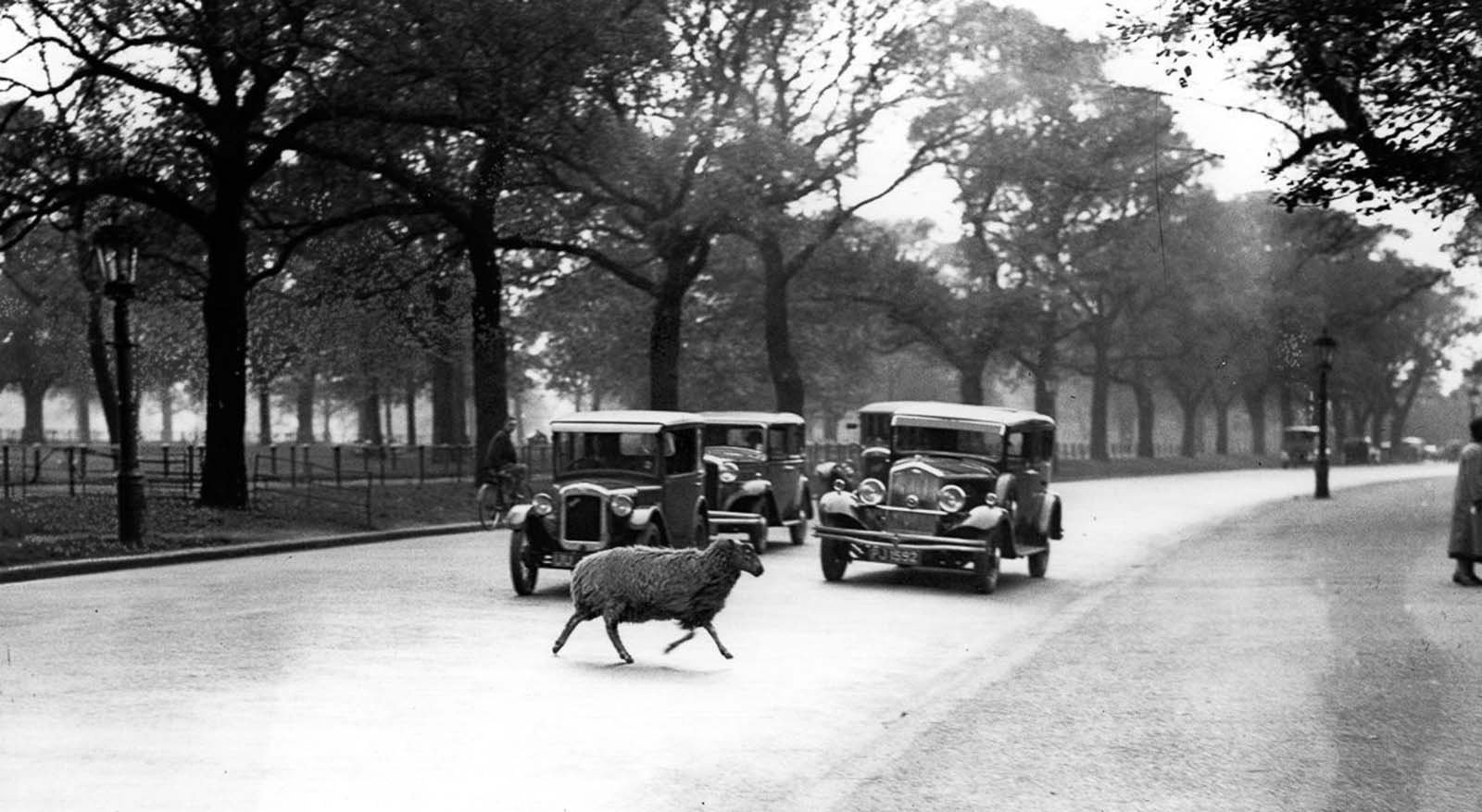Research Overview
The “Sheepmowing HEALS” project uses university sheep to redefine urban landscapes as multi-functional spaces that support communities through the provision of the following benefits:
Health - improve physical and psychological health
Engagement - encourage community education and engagement
Aesthetics - contribute to the beauty and identity of a site
Labor - provide opportunities to pilot innovative management operations.
Sustainability - support ecological sustainability
If this sounds ambitious to you, that’s because it is.
Research Goals
How can science, design, and practice converge to inform the creation of accessible, multifunctional greenspaces that maximize cultural and environmental values?
Incorporating sheep into an existing urban greenspace has the potential to offer multiple operational, environmental, and social benefits. However, there is little peer-reviewed evidence to support those claims as they apply to urban lawn landscapes.
Given our hypothesis that sheep can eliminate invasive plants, and improve soil health without compacting the soil, we will be measuring the following environmental factors:
Plant species biodiversity
Microbial activity
Grass length
Soil fertility
Soil compaction
Additionally, fuel and labor costs, fertilizer use, and terrain accessibility will be considered.
Culturally, the addition of sheep to a greenspace can add pastoral beauty to a site, provide a sense of place, inspire urban agro-tourism, serve as a living educational tool, and promote mental health. In addition to movement patterns, social media analysis, and number of visitor interactions, qualitative measurements will also be taken to address these questions.
Accomplishing the “Sheepmowing HEALS” Project
For this project, 25 campus sheep will be allowed to graze in a fenced lawn area on central campus over a period of 3 days, approximately every 3-4 weeks during spring quarter. An adjacent lawn will serve as a control; it will be conventionally maintained by Grounds staff.
It is through the collaboration of a multi-disciplinary group of faculty, staff, students, and community members that this research is made possible.
Published Research from the Sheepmowers Project
Kiers, A. Haven, Kelly M. Nishimura, and Carolyn S. Dewa. "Leveraging campus landscapes for public health: A pilot study to understand the psychological effects of urban sheep grazing on college campuses." International Journal of Environmental Research and Public Health 20.2 (2023): 1280.
Abstract: Since the 1980s, college students in the U.S. have self-reported a decline in their physical and emotional health. With these conditions compounded by the COVID-19 pandemic and its physical distancing restrictions, higher education institutions have an increased responsibility to establish strategic interventions and health-promoting programs for their students. Research collaborations between public health professionals and environmental designers have highlighted the benefits of environmental factors, such as wildlife, street trees, and public parks, on mental health. This pilot project aims to build upon the transdisciplinary dialogue between ecology, design, and public health by examining the social benefits of grazing lawnscape management, which is the practice of using herbivorous livestock to manage turfgrass areas. Through the design of an accessible central campus grazing space for a flock of 25 sheep and use of online questionnaires, a smartphone-based single-item survey, and open-ended feedback given via social media, the UC Davis Sheepmower Project addresses three primary questions: (1) Are there differences in self-reported stress levels and well-being between people who did not watch grazing sheep (no sheepmower group) compared with those who did watch grazing sheep (sheepmower group)? (2) Does holding sheep grazing events create opportunities for education about well-being and engagement with the campus community? (3) Can this type of urban grazing installation ultimately contribute to the overall identity of a college campus? Web-based questionnaire results indicate there is no significant difference in self-reported stress levels between the two groups; however, the moment-in-time smartphone-based single item question suggests that the presence of sheep provides temporary, noticeable relief and enhanced mood for those who observe the animals. Reflections posted on social media suggested that participants found the sheep grazing events fostered feelings of community and placemaking within the campus identity. However, the questionnaire sample indicated the grazing events did not have a significant effect on participants’ sense of place or overall campus identity. This transdisciplinary effort breaks down traditionally siloed approaches to human and environmental health and is an example of a whole-systems approach to developing innovative solutions and encouraging applied collective action.
Background
Utilizing sheep within an urban landscape is no contemporary innovation. Historically, sheep have played a critical role in maintaining landscapes, including iconic ones such as those in Central Park and at the White House.
Although this practice fell out of favor over the past century, growing awareness and concern for climate change and resource conservation has contributed to a recent resurgence of interest in incorporating sheep into lawnscape management practices.
Central Park, New York
The inclusion of sheep in Central Park can be attributed to Frederick Law Olmsted. Considered by many to be the father of landscape architecture, he often utilized and elevated qualities of nature in his designs on the basis that natural scenery provided people with greater enjoyment when utilizing a space. The inclusion of grazing sheep facilitated the application of this concept. Stating a preference for the aesthetics of sheep-clipped grass over the results of mechanical mowers, Olmsted established a flock of Southdowns in Central Park in 1863. The application of grazing sheep would continue to be applied in his future designs, including Prospect Park in Brooklyn, Franklin Park in Boston, and Washington Park in Chicago.
Sheep grazing in Central Park's "Sheep Meadow". https://ephemeralnewyork.wordpress.com/2017/04/21/what-happened-to-the-sheep-of-central-park/
The White House, Washington D.C.
In 1914, superintendent of the Bureau of Public Buildings and Grounds, William H. Harts offered butchers of Washington D.C. to feed their sheep on government grass for free. His proposal was well received, and 100-250 sheep were placed in West Potomac Park, just south of the Lincoln Memorial, where they freely grazed between polo games. Not only was Colonel Harts greatly pleased with the results of sheep trimmed grass, the presence of sheep were well adored by the children.
After the US entered World War One in 1917, the country faced labor and supply shortages in the military and at home. In response to these concerns, US president Woodrow Wilson implemented grazing sheep as management for the White House lawns. On May 1, 1918, eighteen prize winning Shropshire sheep freed up men to join the war effort, and the wool was regularly auctioned off to benefit the Red Cross. These patriotic sheep were credited with raising a total of $52,000 (approximately $880,000 today). By the end of Wilson’s term in 1920, the sheep population had grown to 48, but the program was soon discontinued and sheep herding faded into obscurity.
Sheep graze on the White House lawn. https://www.whitehousehistory.org/photos/sheep-graze-on-the-white-house-lawn
London, England
In the 1920s and 1930s, sheep were routinely introduced into London parks to manage lawns and reduce mowing costs. Shepherds competed for the privilege of grazing their flocks on Hyde Park, Kensington Gardens, Clapham Common, and other pastures around the city.
Sheep dodging traffic in Hyde Park. https://rarehistoricalphotos.com/london-park-sheep-1926-1938/





